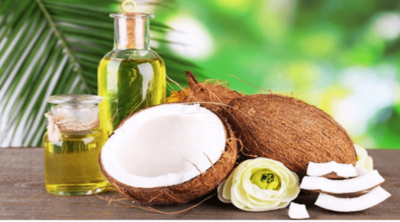
A number of people suffer from the side effects of antibiotics. But when probiotics and antibiotics are prescribed together, they work in tandem and reduce the side effects. This article tells you more…
Antibiotics are medicines which are prescribed to kill harmful bacteria that are responsible for certain illnesses. However, there are some drawbacks of using antibiotics. The drawback is that, the antibiotics also kill certain beneficial bacteria which live in the digestive tract. When the beneficial bacteria is killed, it causes diarrhea, along with lowered intestinal immunity. Probiotics, on the other hand, are cultures of beneficial microbes that help in maintaining the natural balance of all useful bacteria in the intestines. They are said to be safe, and a natural approach to curb the population of unwanted bacteria that cause infections.
The largest group of beneficial bacteria in the intestine is lactic acid bacteria. Hence, these days, a number of physicians prescribe probiotics and antibiotics together, so that the bad effects of antibiotics are reduced drastically.
Prescribing Probiotics and Antibiotics at the Same Time
According to the latest released statistics, as many as one in five people on antibiotics, do not take the full course of antibiotics therapy, because they suffer from diarrhea or other stomach ailments. The main reason is that the antibiotics target the ‘good’ bacteria along with the ‘bad’ bacteria that they are actually supposed to target. Probiotics are defined as live microbial feed supplements, that beneficially affect the host animal by improving the intestinal microbial balance, that is often disturbed by the action of antibiotics.
The length of the human digestive tract ranges from 25 to 35 feet and is home to more than 400 species of bacteria. In total, more than 100 billion organisms have made our digestive tract a home. When a person takes antibiotics, it is as good as pouring bleach into a fish tank, to kill an overgrowth of algae. Although the bleach does kill the overgrowth of algae, it also kills all that is present in the tank. In the case of humans, the bleach is equivalent to antibiotics. Hence, people on antibiotics need to take probiotics along with the antibiotics or alternately, as the antibiotics will kill the bacteria, that are causing immediate trouble, but at the same time will also give rise to other complications, due to the death of beneficial bacteria.
Guidelines for Consumption
There are some measures, which you will have to take, when you are going to take antibiotics and probiotics at the same time.
- If you are starting to feel sick, it is recommended to take an extra dose of probiotics. This will mean, you have an extra dose of probiotics in your system, before you start on the dose of antibiotics.
- When you are on antibiotics, take two or more doses of probiotics through the day. However, probiotics should be taken at least 3 hours away from antibiotics. If both are taken at the same time, it will defeat the very purpose and the friendly bacteria will be destroyed by the antibiotics.
- Continue to take an extra dose of probiotics once a day, after you have completed the dose of antibiotics, so that the good bacteria are replenished in the system.
- Along with the probiotics, your diet should also be rich in high fiber, so that the growth of good bacteria is faster.
Although it is said that probiotics and antibiotics should be taken together, and probiotics are good for general well-being, it is recommended that you seek advice from your health care professional before you start self-medicating. In certain ailments, taking probiotics may prove to be harmful.
Disclaimer: This HealthHearty article is for informative purposes only, and should not be replaced for the advice of a medical professional.


